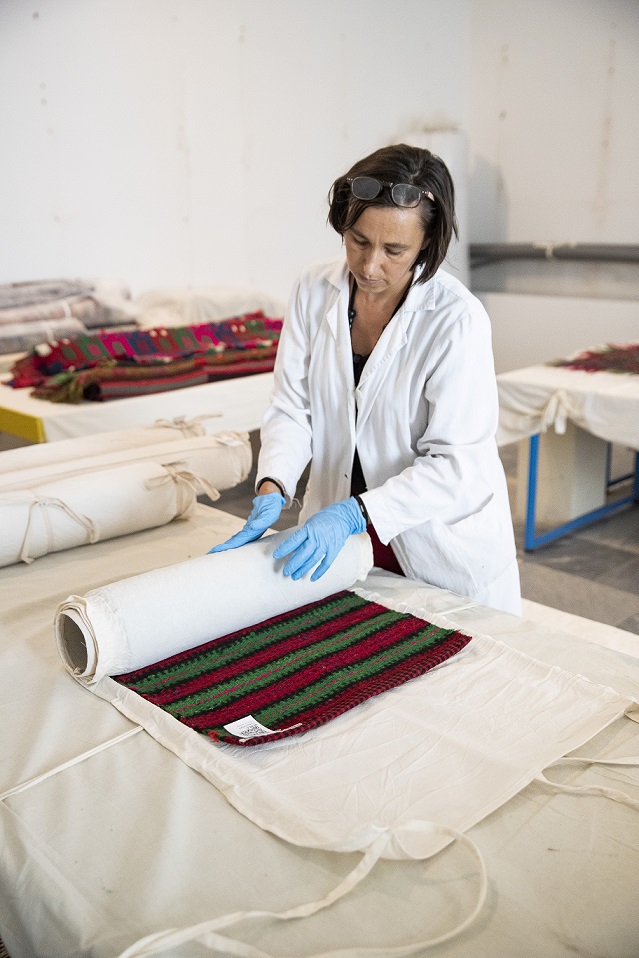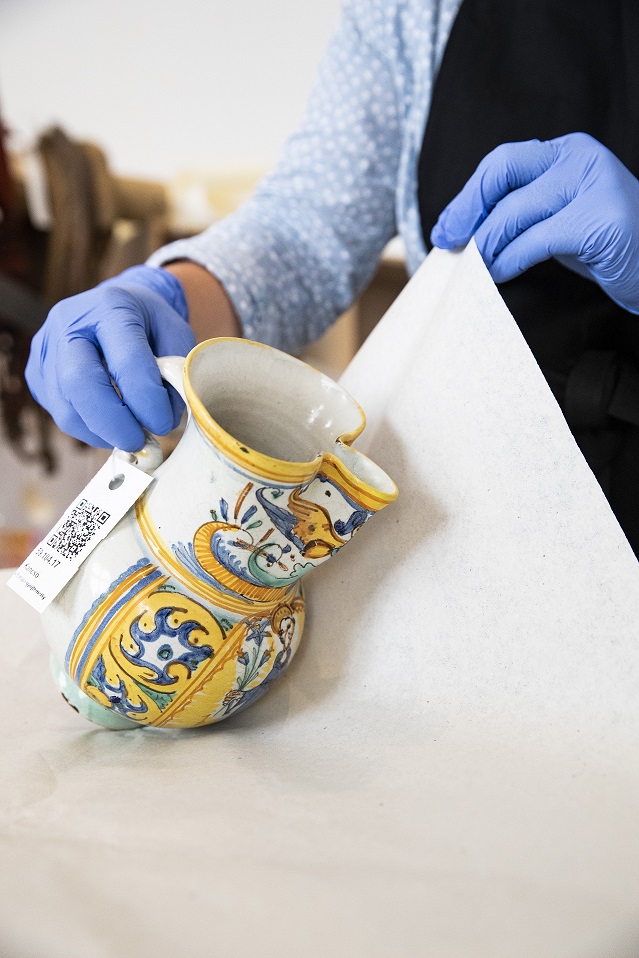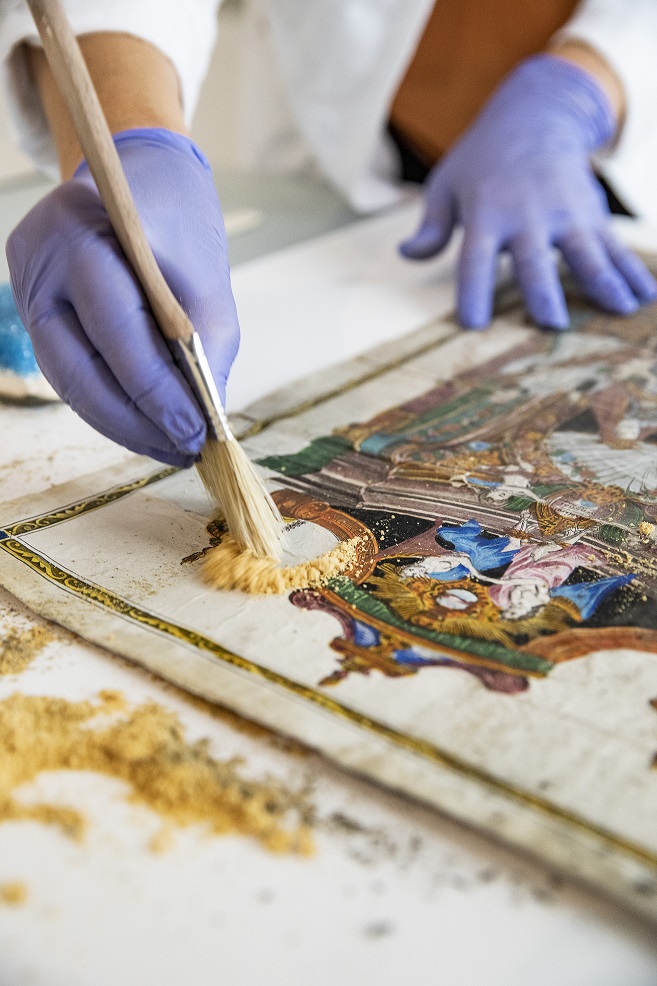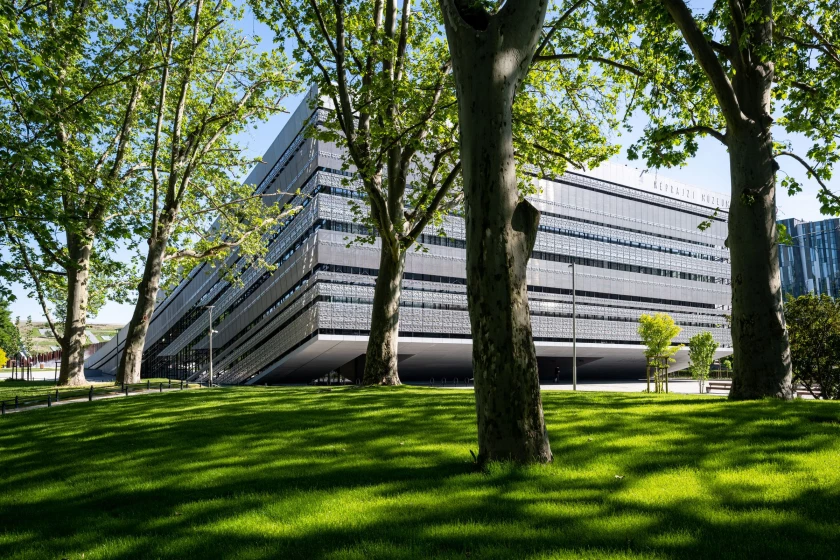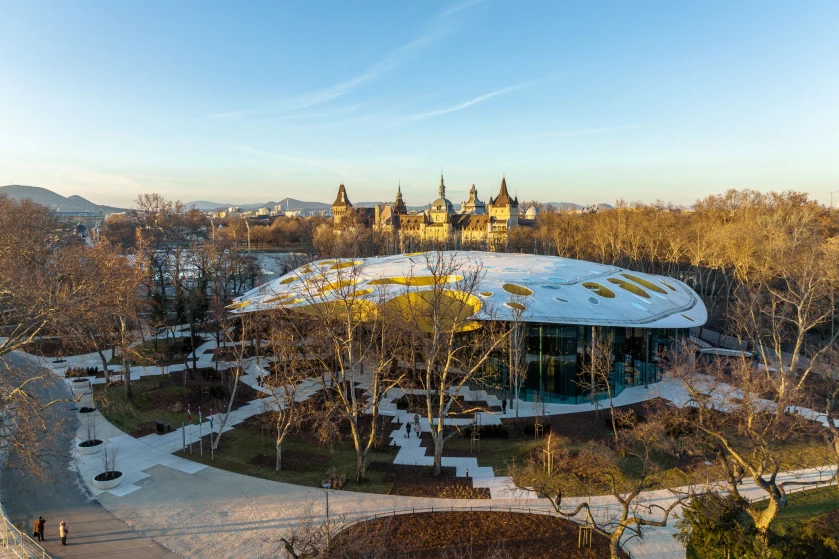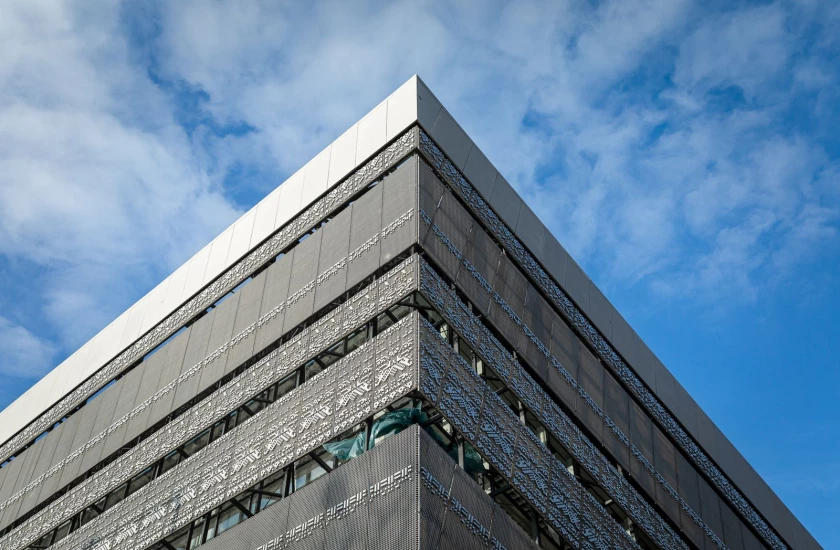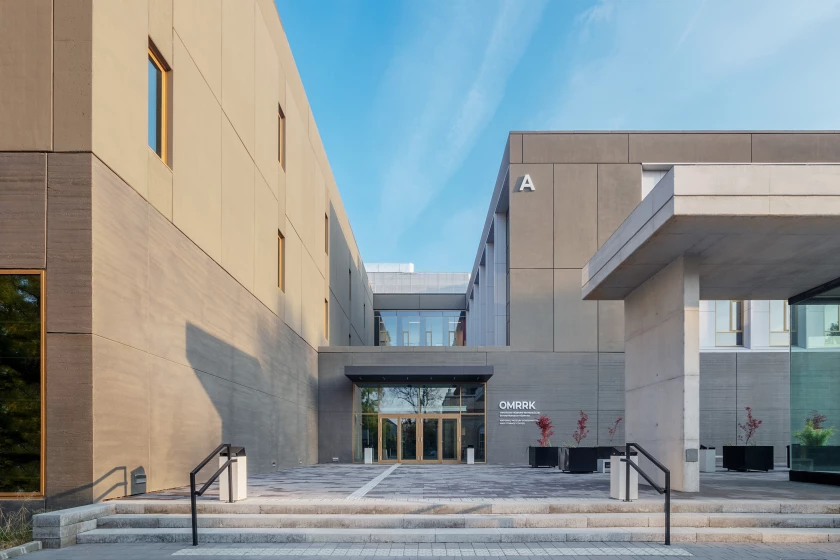The most extensive relocation of a museum collection ever conducted in the history of Hungary is taking place at the Museum of Ethnography. The cataloguing phase in preparation for the move is already three-quarters complete, a number that will grow to 90% by the end of the summer. The relocation of the more than 250,000 artworks of various sizes and ages and in a wide range of conditions requires the exacting and coordinated work of over one hundred experts in order to ensure that, through the Liget Budapest Project, they will finally be stored under the circumstances that they deserve. According to Lajos Kemecsi, the general director of the Museum of Ethnography, the move to the new building will be an epochal change. In the summer of 2020, the institution will leave its previous building on Kossuth Square, and the packing is proceeding at a good pace. Each of the 250,000 artworks – from the smallest ceramic to the enormous Szekler gates – is being individually prepared for the move in accordance with its size, age and condition.
Soon to be moved as part of the relocation of the Museum of Ethnography are more than 250,000 artworks, including irreplaceable items of inestimable value, collodion photographs, a 30,000 piece collection of ceramics, phonograph cylinders, strands of pearls, African shields and Japanese fans. In the summer of 2020, the institution will leave its previous building on Kossuth Square, and the packing is proceeding at a good pace. Although the Museum of Ethnography was closed to the public in December 2017, intensive work has been taking place within, since the building – imposing looking from the outside – was completely unsuited to serving as a museum. With limited storage capacity for artworks and few available rooms, the need to move became more and more urgent each year. The Liget Budapest Project offers a reassuring solution, as the building that was completed for the National Museum Restoration and Storage Centre (OMRKK) this year and the new museum building in the Városliget finally ensure that this unique ethnographic collection will be kept under the 21st-century conditions that it deserves, in accordance with the most modern standards for storage. The storage systems in the new storage areas have been tailored to the needs of the artworks, and thanks to modern climate control technology, the temperature and humidity in these rooms can finally be regulated. This means that, over the long term, the rate at which the pieces deteriorate can be significantly reduced, so the items will require less frequent restoration.
Soon to be moved as part of the relocation of the Museum of Ethnography are more than 250,000 artworks, including irreplaceable items of inestimable value, collodion photographs, a 30,000 piece collection of ceramics, phonograph cylinders, strands of pearls, African shields and Japanese fans. In the summer of 2020, the institution will leave its previous building on Kossuth Square, and the packing is proceeding at a good pace. Although the Museum of Ethnography was closed to the public in December 2017, intensive work has been taking place within, since the building – imposing looking from the outside – was completely unsuited to serving as a museum. With limited storage capacity for artworks and few available rooms, the need to move became more and more urgent each year. The Liget Budapest Project offers a reassuring solution, as the building that was completed for the National Museum Restoration and Storage Centre (OMRKK) this year and the new museum building in the Városliget finally ensure that this unique ethnographic collection will be kept under the 21st-century conditions that it deserves, in accordance with the most modern standards for storage. The storage systems in the new storage areas have been tailored to the needs of the artworks, and thanks to modern climate control technology, the temperature and humidity in these rooms can finally be regulated. This means that, over the long term, the rate at which the pieces deteriorate can be significantly reduced, so the items will require less frequent restoration.
"Founded in 1872 as one of the earliest ethnographic institutions in Europe and after moving several times, the museum has occupied the former Palace of Justice building since 1973. For the Museum of Ethnography, whose employees are justifiably proud of its outstanding collection, this will be its first chance to move to a new building that was designed specifically for it and satisfies the requirements of the professional staff and visitors alike, and where we are also planning to give the public the chance to encounter some of the less-well-known works as well," said Lajos Kemecsi, the general director of the Museum of Ethnography. "The exhibition spaces will be suitable for applying the most modern museographical techniques, allowing us to accommodate large international collections of high quality. The number and proportion of artworks that will be physically on display to the public will grow substantially in the new building in the Városliget, which will have 4,000 square metres of exhibition space in contrast to the current 1,200 square metres. In addition, several thousand square metres will also be devoted to temporary exhibitions. The Museum of Ethnography's new building creates the opportunity for us to mount comprehensive exhibits about the cultural diversity of humankind," he stressed.
The general director reported that the complex processes of preparing for the move are being handled according to an accelerated work schedule. The museologists are engaged in parallel with developing the concepts for the new permanent exhibitions, their involvement in tasks related to designing and constructing the building, as well as with caring for, cataloguing and auditing the collection. Altogether, more than one hundred employees are working on making sure that the move can be carried out safely and securely. Each artwork has to be picked up, cleaned, identified and photographed, regardless of whether we are talking about a unique piece from Oceania or the several hundred jugs in the vast collection of ceramics. It is difficult to even imagine the magnitude of the work: approximately 250,000 items will be packed off, ranging from African tribal masks and Japanese geta to an iconostasis consisting of several hundred parts and crèches made of paper. In addition, millions of documents, pictures, photographs and negatives kept in the document collection in the archives will also be making the move during this period. Ever since the Museum of Ethnography was closed in 2017, its employees have been preparing, one by one, the 250,000 artworks for the move in accordance with their size, age and condition, no matter whether the object in question is a small ornamental "Miska" jug or an enormous Szekler gate.
The general director reported that the complex processes of preparing for the move are being handled according to an accelerated work schedule. The museologists are engaged in parallel with developing the concepts for the new permanent exhibitions, their involvement in tasks related to designing and constructing the building, as well as with caring for, cataloguing and auditing the collection. Altogether, more than one hundred employees are working on making sure that the move can be carried out safely and securely. Each artwork has to be picked up, cleaned, identified and photographed, regardless of whether we are talking about a unique piece from Oceania or the several hundred jugs in the vast collection of ceramics. It is difficult to even imagine the magnitude of the work: approximately 250,000 items will be packed off, ranging from African tribal masks and Japanese geta to an iconostasis consisting of several hundred parts and crèches made of paper. In addition, millions of documents, pictures, photographs and negatives kept in the document collection in the archives will also be making the move during this period. Ever since the Museum of Ethnography was closed in 2017, its employees have been preparing, one by one, the 250,000 artworks for the move in accordance with their size, age and condition, no matter whether the object in question is a small ornamental "Miska" jug or an enormous Szekler gate.
"The cataloguing phase in preparation for the move is already three-quarters complete, a number that will grow to 90% by the end of the summer. Of all the museums in Hungary, I believe it is the collection of the Museum of Ethnography that is now the one that is the most precisely documented," Kemecsi emphasised. The objects are being individually examined, photographed, assigned a unique QR code for identification purposes and, when necessary, we are also reinforcing them structurally. Afterwards, they are placed in special protective wrapping and made ready for shipment. This activity requiring precision and care is also a tremendous responsibility, as some of the samples can be broken simply by handling them. There are some pieces that have not been moved in 40 years. In order to expedite the work processes, we have created temporary restoration workstations in the former exhibition spaces of the Kossuth Square building.
Noteworthy pieces from the collection will be put on display in the Museum of Ethnography's iconic new building, which has been under construction since late 2017. The building, designed by the Hungarian firm Napur Architect, won the award for "Europe's top public service building" at the International Property Awards last year, along with the special prize for "World's Best Architecture", both of which are among the most prestigious recognitions in the world for the property industry. Currently being completed is the underground work on the building, with the foundation ready and work on the underground structure and insulation in progress. Above-ground work will commence in due course. The museum will be structurally complete by the end of next year.
Noteworthy pieces from the collection will be put on display in the Museum of Ethnography's iconic new building, which has been under construction since late 2017. The building, designed by the Hungarian firm Napur Architect, won the award for "Europe's top public service building" at the International Property Awards last year, along with the special prize for "World's Best Architecture", both of which are among the most prestigious recognitions in the world for the property industry. Currently being completed is the underground work on the building, with the foundation ready and work on the underground structure and insulation in progress. Above-ground work will commence in due course. The museum will be structurally complete by the end of next year.
Recommended News


